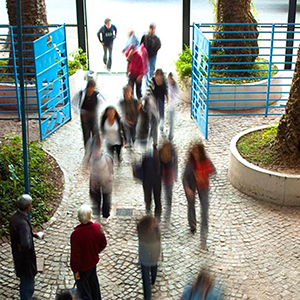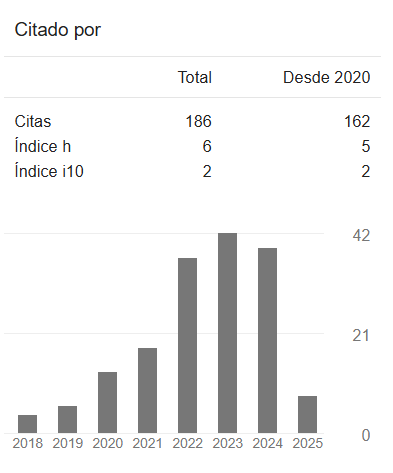An archeology of the school device
DOI:
https://doi.org/10.35305/23626097v7i13.291Keywords:
school device, norms, surface indicators, volume indicators, spatial qualitiesAbstract
Taking as the starting point the historical period in which the characteristics and dimensions of the school device were defined, i.e., between the 19th and 20th centuries, a series of examples is proposed to verify the way in which these definitions affect the experience of inhabiting. In order to do so, general architectural cases and those dealing with school design are addressed.
The article attempts to establish the relationship between the useful lifespan (and the survival) of buildings, norms (their emission and validation) and actions (institutional, pedagogical, educational, social, and collective ones). Furthermore, it poses as a hypothesis that the greatest difficulties when thinking about another way of inhabiting schools are originated in the norms and actions rather than in the forcefulness of the material device (the buildings and their outdoor areas) which has shown a remarkable adaptability capacity throughout history. Finally, it defines the task of reviewing the norms and multiplying the ways of hosting the actions taking into account two objectives of architectural incidence: the recovery of the (long-lived and recent) school campus and the return to school inhabiting in the context of the pandemic.
Downloads
Metrics
References
Bell, A. y Lancaster, J. (1819). Lecciones de enseñanza mutua según los métodos combinados. Valencia, España: Manuel Muñoz y Cía.
Berger, J. (2015). Cuatro horizontes. Una visita a la capilla de Ronchamp de Le Corbusier. Barcelona, España: Gustavo Gilli.
Comisión de Construcciones Escolares de la Unión Internacional de Arquitectos (1962). Documentos del encuentro Arquitectura Escolar Internacional. Ciudad de México, México.
Cordero, H. A. (1986). El primitivo Buenos Aires. Buenos Aires, Argentina: Plus ultra.
Dirección Nacional de Arquitectura Educacional (1972). Código Rector de Arquitetura Escolar. Buenos Aires, Argentina: Dirección General de Administración del Ministerio de Cultura y Educación.
Heidegger, M. (1997). Construir Habitar Pensar. Córdoba, Argentina: Alción Editora (Trabajo original publicado en 1951).
Ministerio de Educación. Dirección de Infraestructura. (1998) Criterio y Normativas Básicas de arquitectura escolar. Buenos Aires, Argentina.
Petrina, A. (2020, agosto). Patrimonio Arquitectónico. Curso organizado por la Comisión Nacional de Monumentos, de Lugares y de Bienes Históricos, Buenos Aires, Argentina. Clase 19: Curso Patrimonio Arquitectónico Argentino (Video). Recuperado de: https://youtu.be/EuWqI8X8XI0.
Sarmiento, D. F. (2011). Educación Popular. Buenos Aires, Argentina: UNIPE (Trabajo original publicado en 1949).
Serres, M. (2013). Pulgarcita. Buenos Aires, Argentina: Fondo de Cultura Económica.

Published
How to Cite
Issue
Section
License
Open access policy
A&P Continuidad is a non-profit and open access publication. According to Mexico Declaration on Cultural Policies, the journal distribution is submitted to Creative Commons Attribution-Noncommercial-ShareAlike 4.0 International Public License (CC BY-NC-SA). “Neither the commercial use of the original work nor that of the possible derivative works are allowed. The distribution of derivative works should be submitted to the license regulating the original work. This license is not free.”
A&P Continuidad authorizes the partial or full reproduction of texts and graphs provided that the source is cited. Authors are exclusively responsible for the criteria expressed in the articles which do not necessarily reflect the opinion of the Editorial Committee or that of the Direction Board. The copyright of the published articles pertains to their authors or publishers.
Transfer of rights
The acceptance of an article to be published implies the author’s transfer of rights to the journal. Authors continue to have the right to use the material in future books or publications, approve or veto the republication of their works as well as the rights related to patents or other rights. Transfer of rights form may be downloaded here.





























 This OJS site and its metadata are under a
This OJS site and its metadata are under a 

